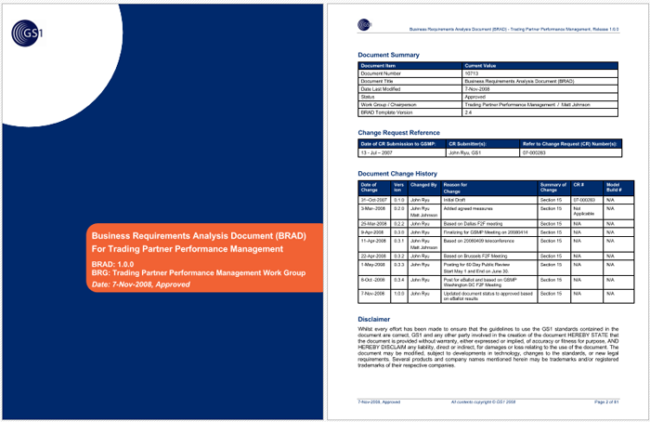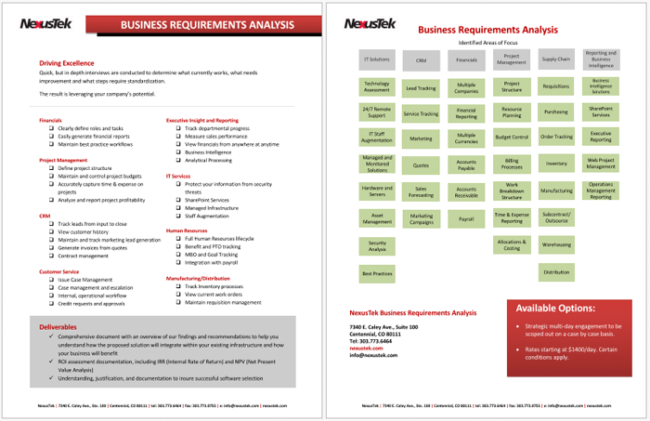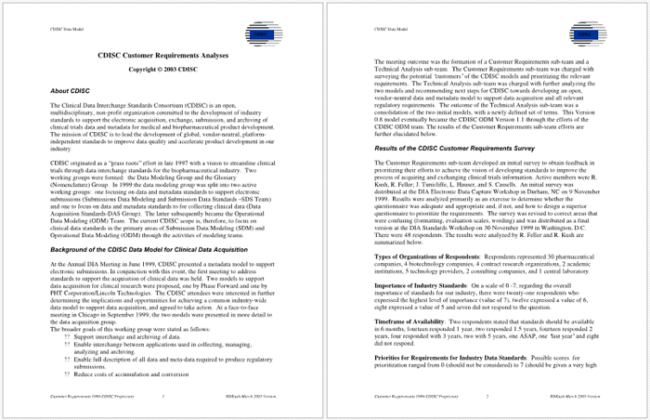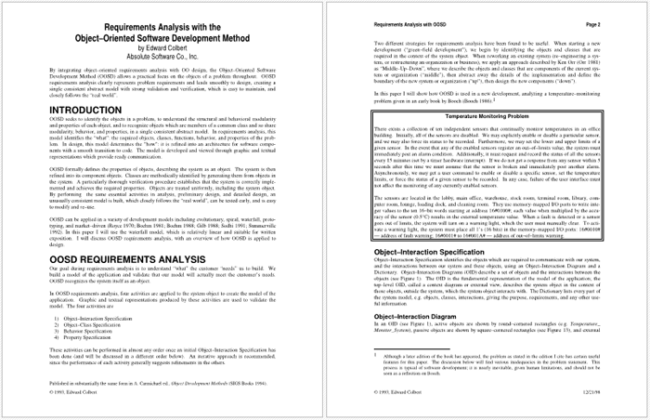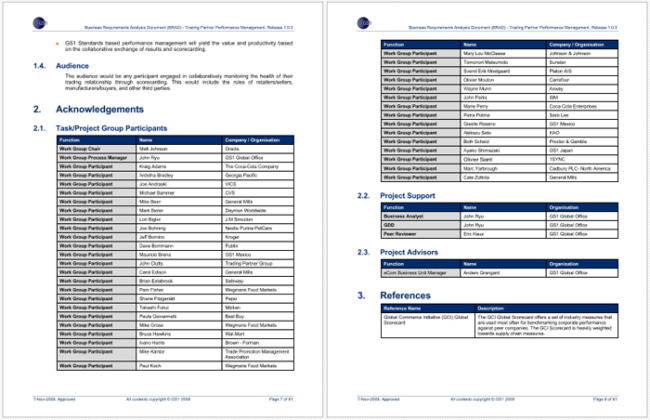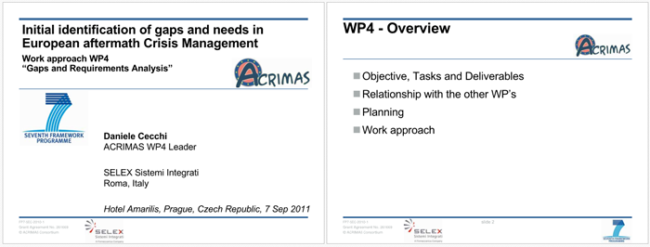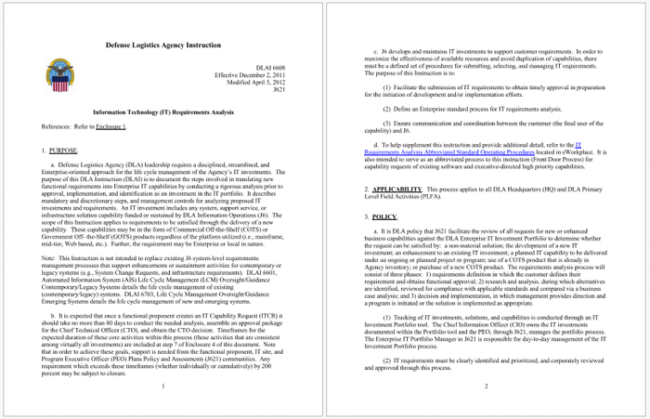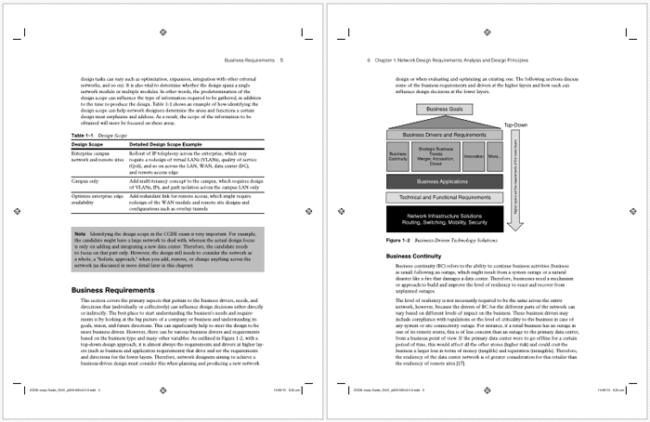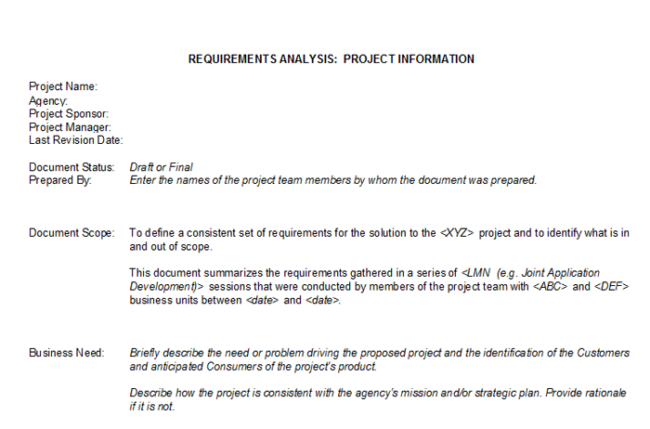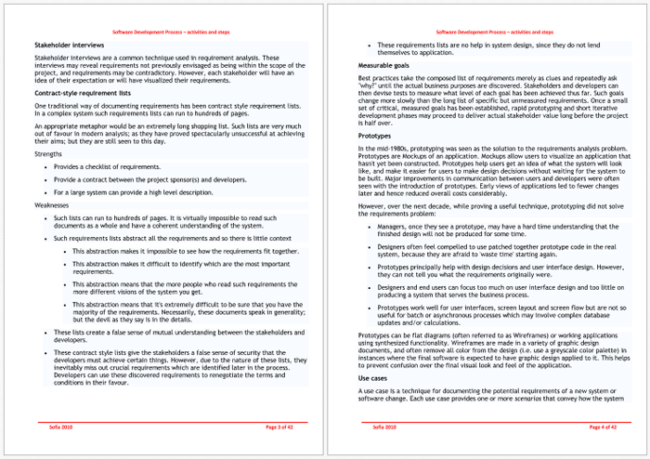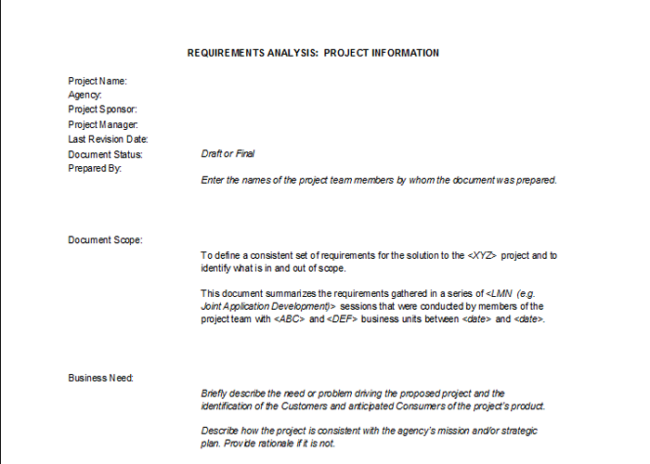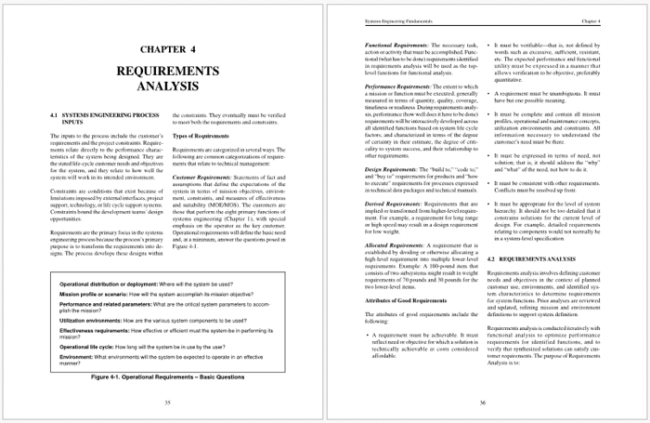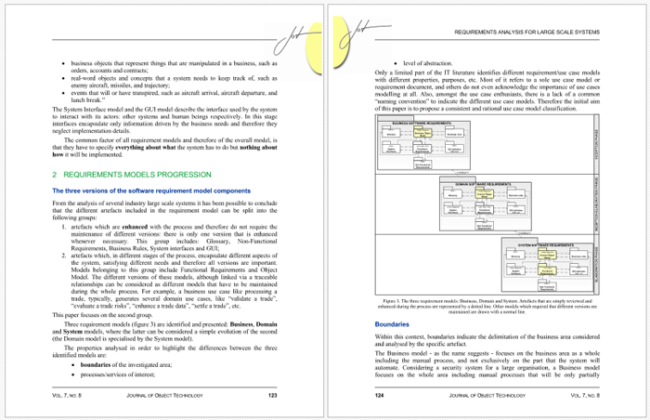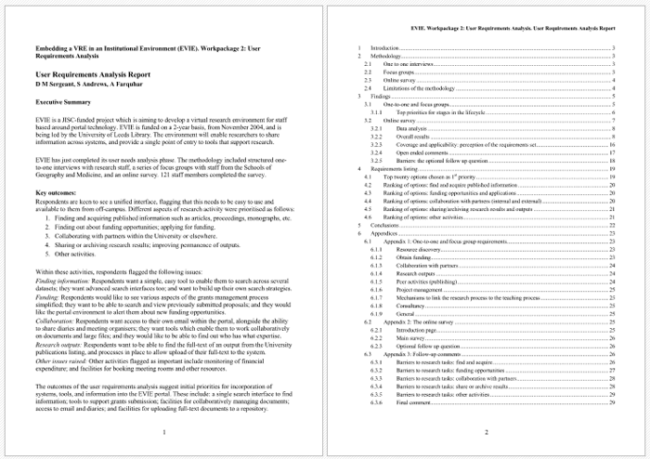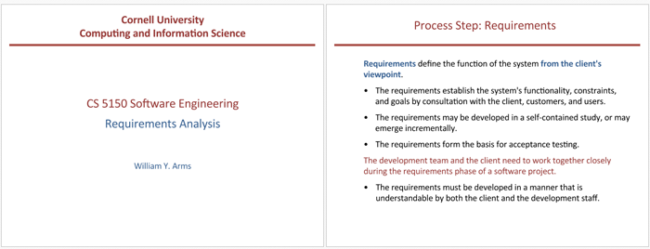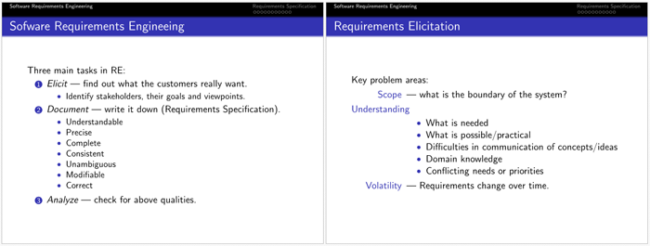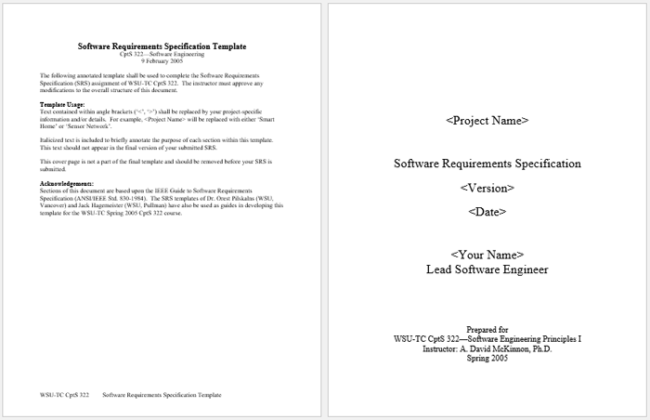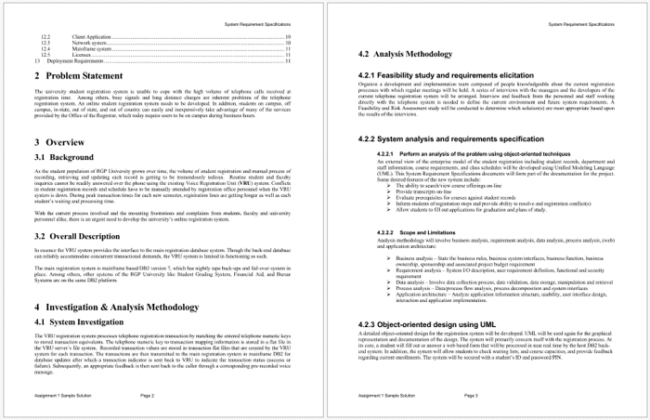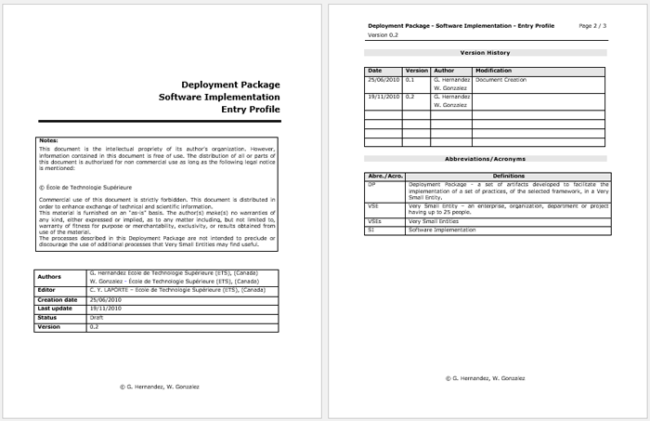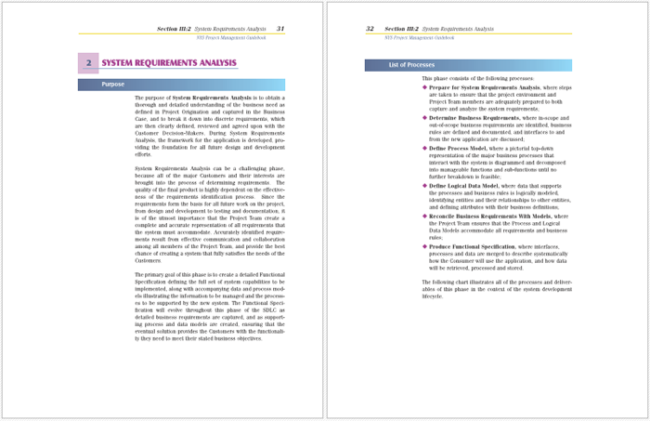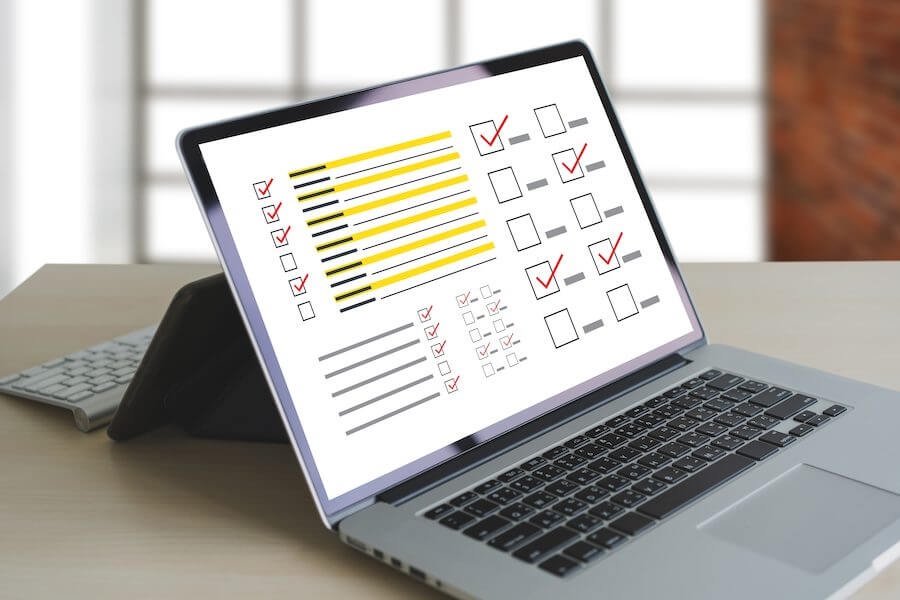In business, any new products, project, or activity is a result of a need from the business, its stakeholders, and its customers. To determine what those needs are and how to address them requires a Requirement Analysis.
What is the Requirements Analysis?
It refers to the process used to define users’ expectations or needs. This can be anything from computer software and applications to a new product that addresses that need. This analysis means analyzing, documenting, managing, and validating those needs so that you can take actionable steps.
Requirement Analysis Templates & Examples
What is the Requirements Analysis Process?
While it will differ from one company to the next, there are some basic steps that they all need to cover:
Determining requirements
Your first step is to know what your requirements are. You can gather this information from communicating with those who are requesting certain changes.
Analyzing
Your next step is to analyze the requirements in order to identify if a need is incomplete, unclear, or poses a contradiction. Any issues raised at this point will need to be resolved before you move forward. You can do this by breaking requirements down into categories.
There are four main categories:
- Functional – defines how the requirement should function from the customer’s perspective.
- Operational – defines what operations need to be carried out to keep the process or project flowing.
- Technical – define any technical issues that need to be addressed.
- Transitional – defines what steps are needed to implement the process or product.
Interpretation
After you have categorized your requirements, you will move on to decide which of these can be achieved and how they will be delivered. Requirements must be defined clearly and precisely.
Here are the things that you need to consider:
- Requirements are not vague or ambiguous
- That they are worded clearly
- They need to have enough details, so there are no vague areas or “unknowns”.
- They should be related to the needs of your business.
- Presented with details that are sufficient so that a product design or system can be created.
- Requirements should be prioritized by importance or by how critical they are.
- You should do an impact analysis to see what impact your project will have on your existing products, projects, or applications.
- Be sure to resolve any conflicting issues.
- Be sure to determine the reliability and ease of use that your new project, product, or application will offer.
Modeling
In this step, you will need to find out and document what is expected or wanted from the product, project, or application. This will help you build a complete image of what is needed. You can do this by interviewing customers or stakeholders to get their different perspectives.
There are a few ways in which to capture requirements:
- Customer/Stakeholder Interviews – this will help you understand the views and needs of each person.
- Focus Groups and Joint Interviews – conducting a group workshop allows you to ensure that all departments involved can manage things seamlessly.
- Use Cases – with this technique, you are going through the entire step-by-step process through the eyes of the customer. It’s a useful technique for determining what the functional requirements are, and, in many instances, you will go through a few use cases to better understand the system.
- Prototype Building – in this technique, you would create a model of the product, project, or application so customers can see what it will look like. This helps you to identify any issues or inconsistencies.
You can use all of these techniques together or on their own. You can download one of our free templates or samples to give you a better idea of what Requirements Analysis would look like.
Review
This step allows you to make any changes or improvements after you have gathered your data or created a prototype.
- Requirements Analysis Techniques – There are several ways in which you can present the data of a required analysis.
- Business Process Modeling Notation – Also referred to as BPMN, this is similar to creating a flowchart of the process involved in determining and addressing a need. You would do this by creating graphs that help simplify the process.
- Unified Modeling Language – Also referred to as UML, this technique uses a set of diagrams that are integrated. This technique is often used for software and architectural design.
- Flowcharts – Using flowcharts allows you to show the logical flow of activities that are related to the requirement process. Flowcharts have several formats, such as top-down, linear, and cross-functional. Because a flowchart is easier to understand, it can be utilized by non-technical and technical members of the team.
- Data Flow Diagrams – A data flow diagram gives a more visual representation of how the process and system will work. This is a good choice when having to represent data that is complex and hard to put into words.
- Role Activity Diagram – Also referred to as RAD, this technique represents the role structure in a business by grouping activities together along with responsibilities.
- Gantt Chart – This is a technique used for project planning. It gives a visual representation of what tasks need to be done when they need to be implemented, and what timeline they have.
- Integrated Definition for Functional Modeling – Also referred to as IDEF, this is a technique that represents a process and its functions, as to how they are related to other parts of the system.
- Gap Analysis – With this technique, you are looking at what you wish to achieve, where you are now, and determine what gaps exist in relation to getting from point A to B.
Once you have all of your data, you need to create a document so those involved can sign off if they agree that their requirements will be met.
Frequently Asked Questions
Overall, the purpose of requirements analysis is to gather all data that will be needed to design a solution that meets the needs of the customer.
Good requirements are ones that state a need is verifiable, necessary, and attainable in a clear and concise way.
The lifecycle of a requirement covers all steps, from determining whether a need is a requirement, to having fully carried out the solution, meeting the requirement.
